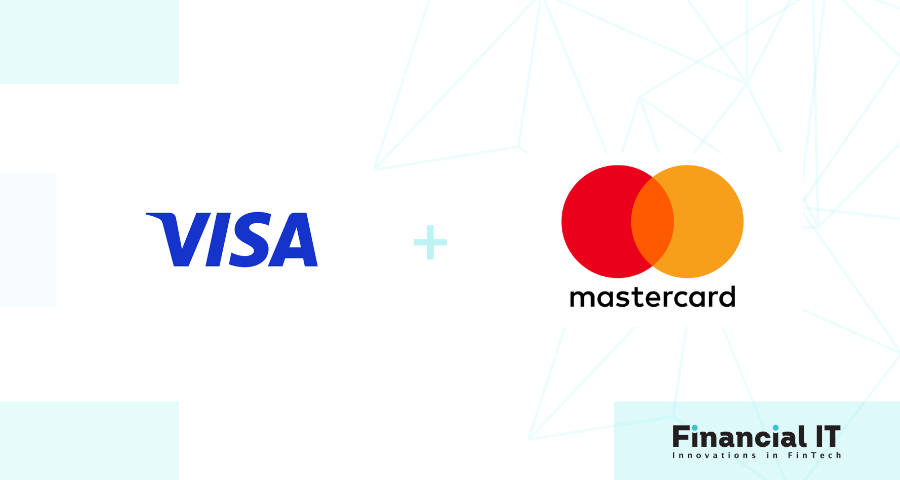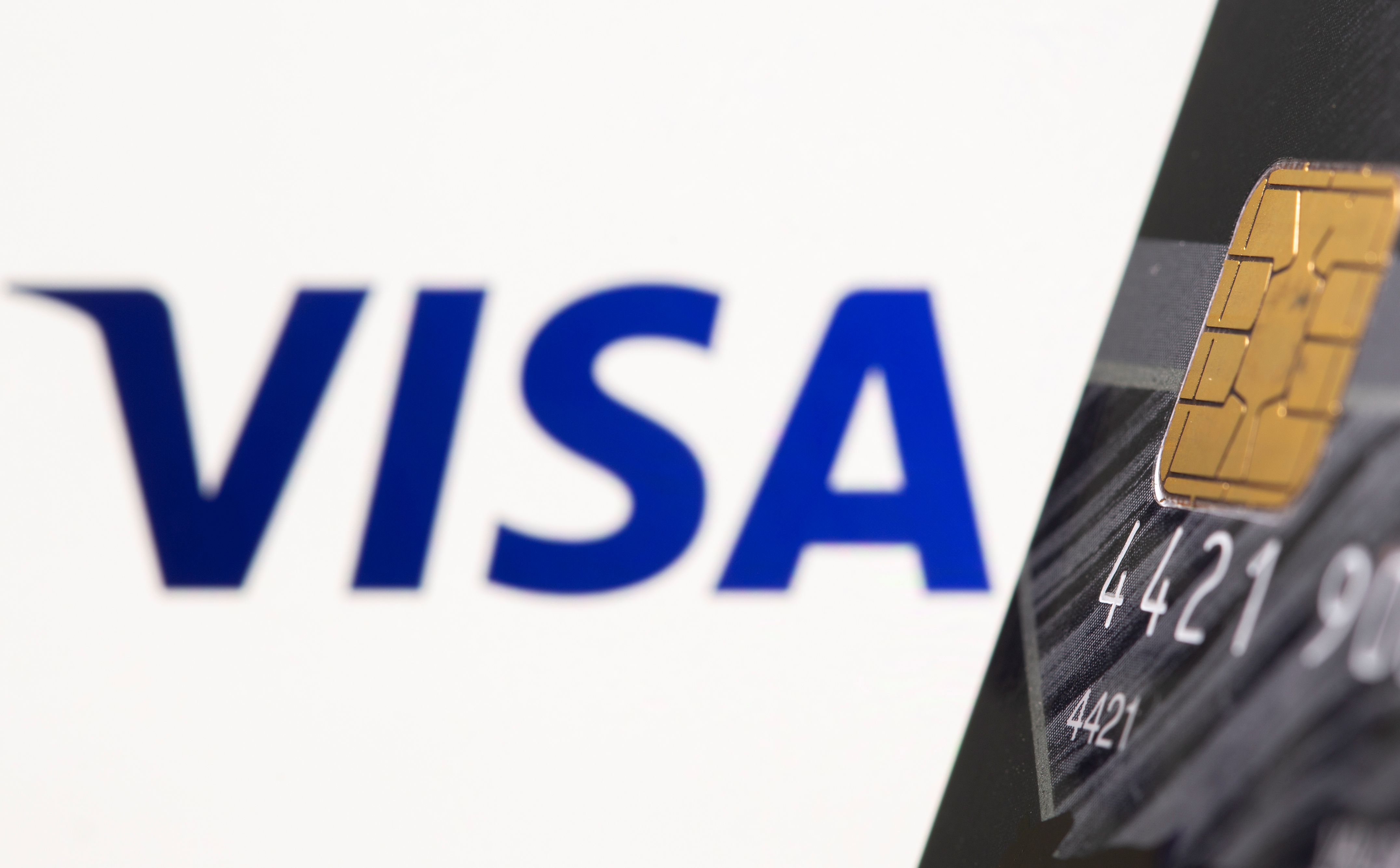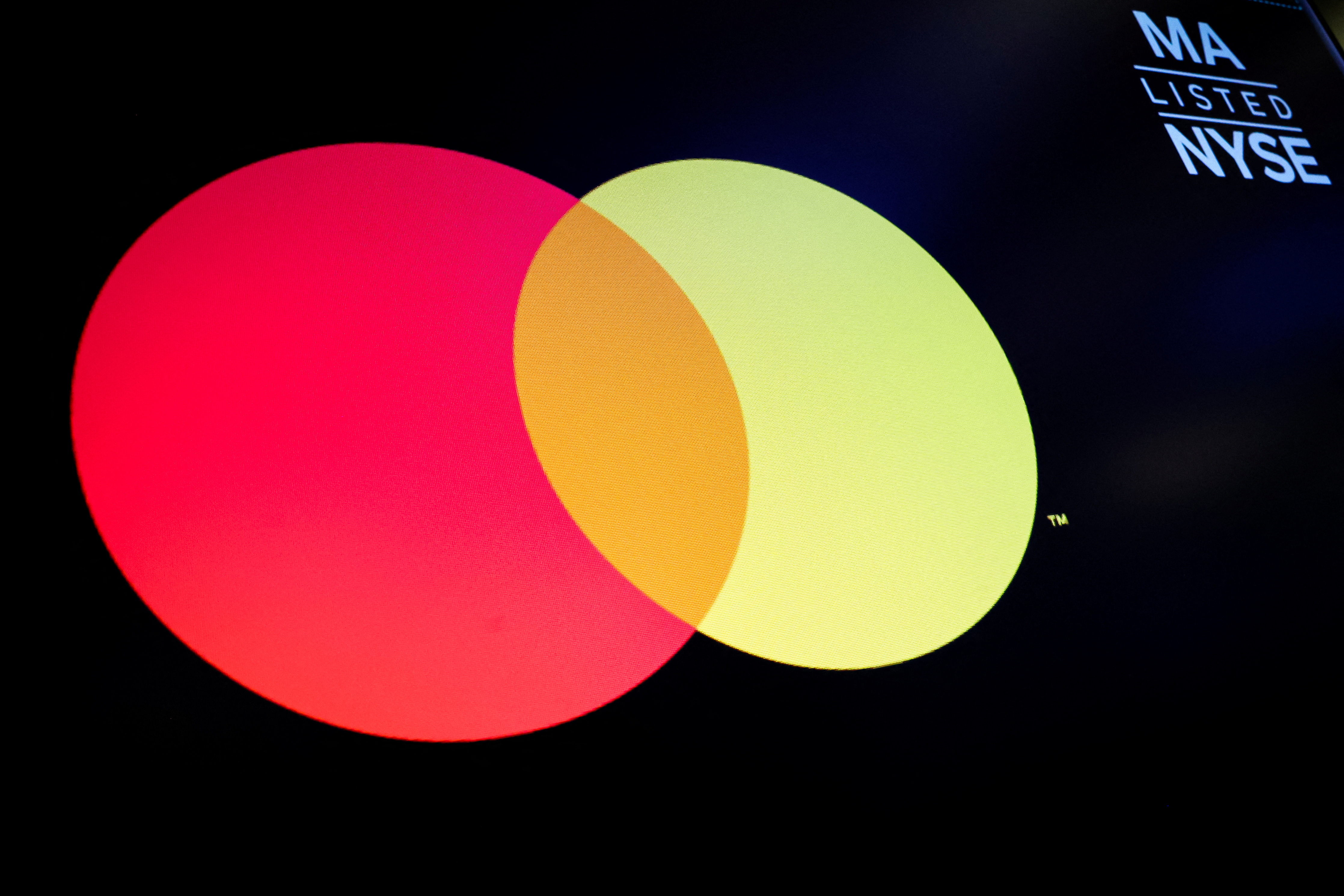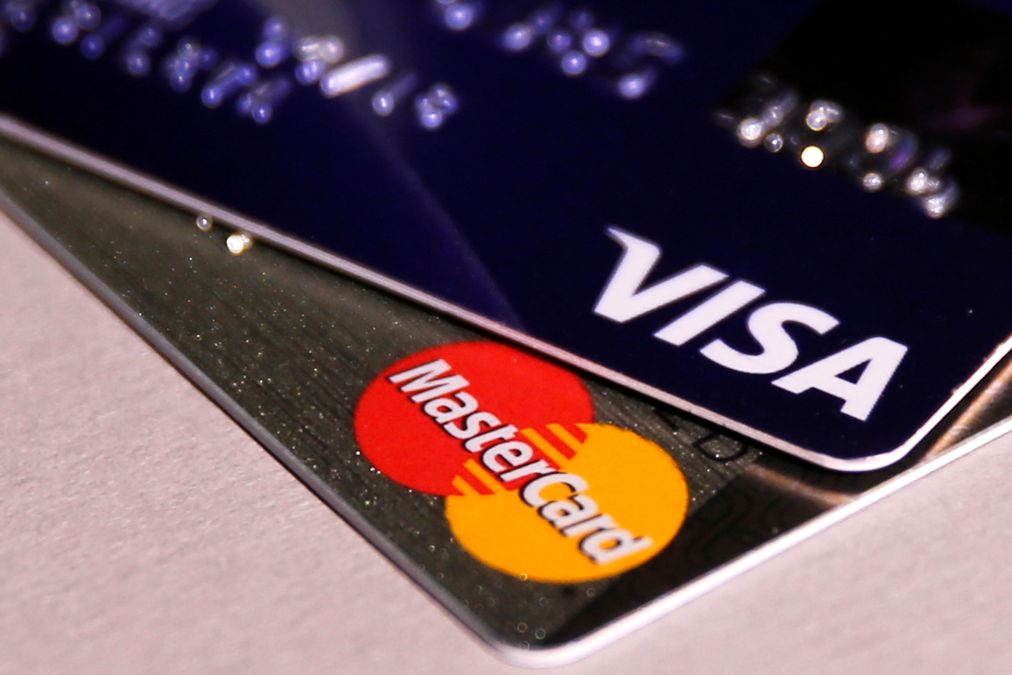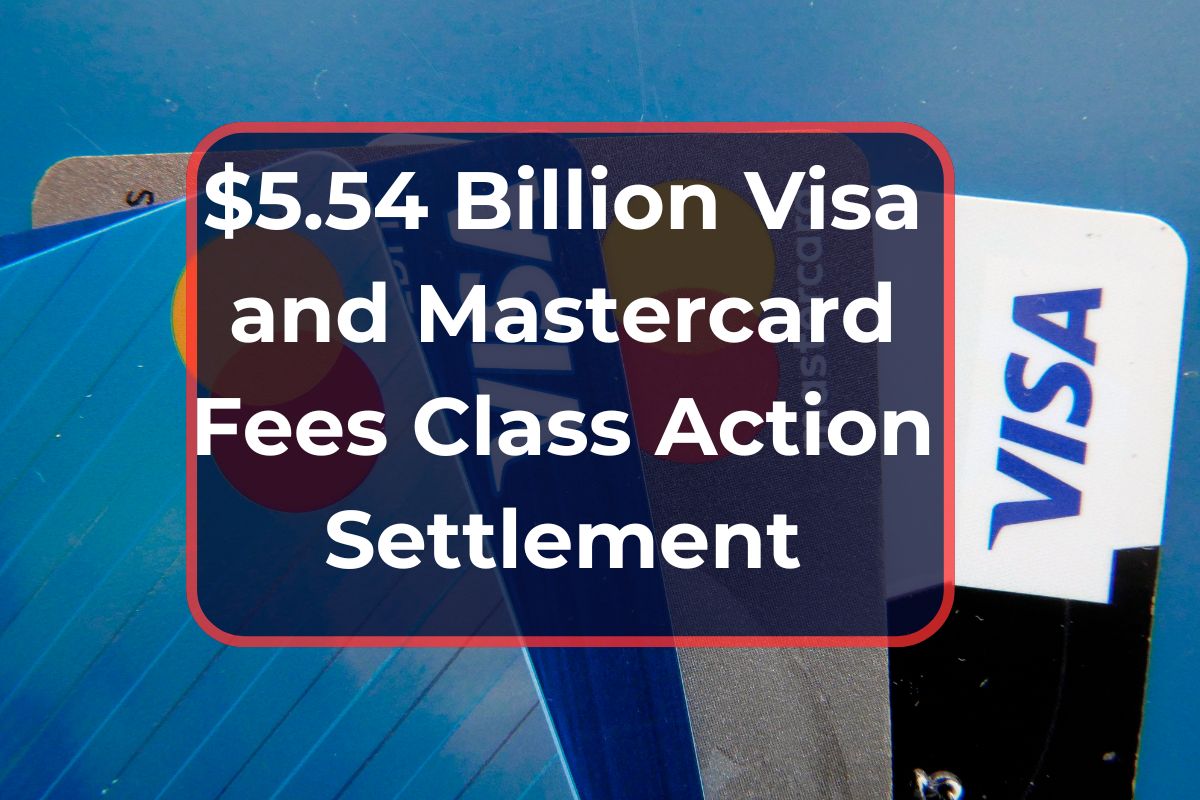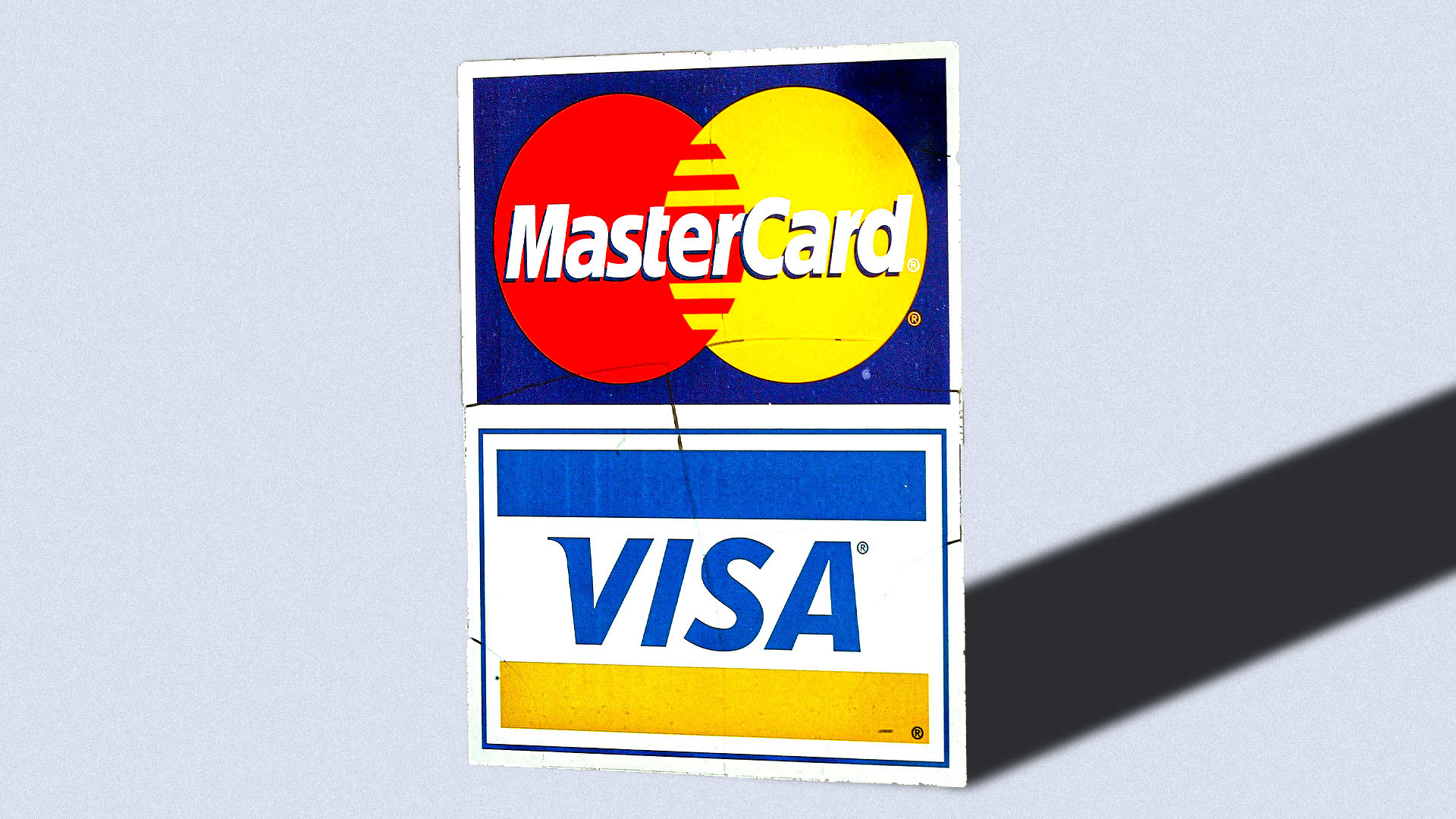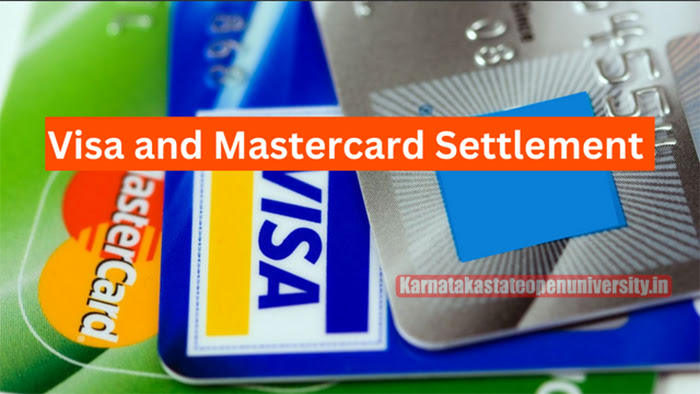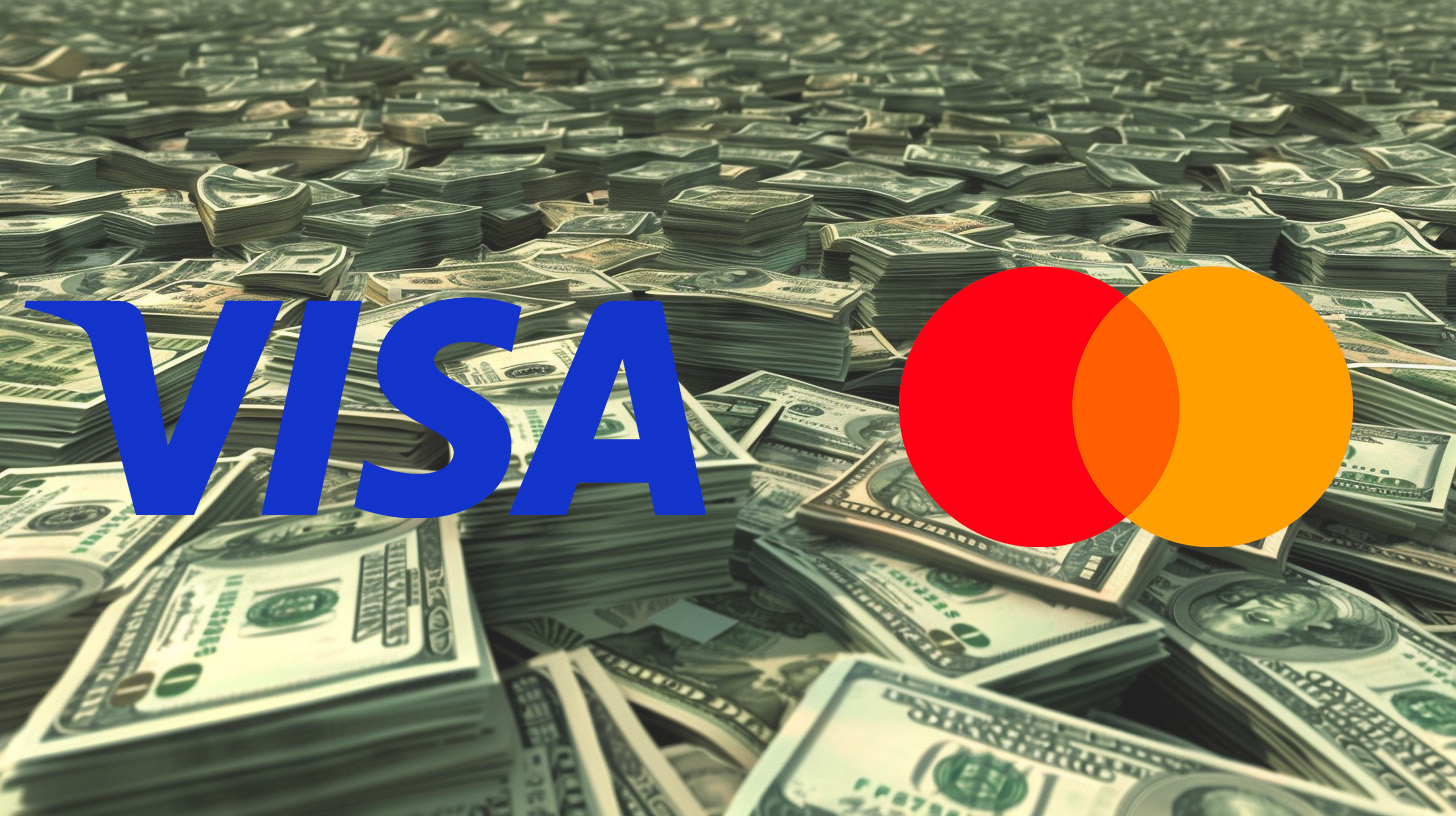Visa Mastercard Atm Fee Settlement Payout Per Person

Millions of consumers who used out-of-network ATMs over a decade ago are beginning to see payouts from a massive class-action settlement involving Visa and Mastercard. The settlement, years in the making, addresses allegations of price-fixing related to ATM access fees.
The settlement resolves claims that Visa and Mastercard conspired with banks to inflate ATM fees charged to customers using ATMs outside of their bank's network. While the individual payouts may seem modest, the case underscores the importance of holding financial institutions accountable for practices that could harm consumers. This article breaks down the details of the settlement, eligibility requirements, and the impact on consumers.
Who is Eligible for a Payout?
The settlement covers individuals who used an ATM within the United States, but outside of their own bank's network, between October 1, 2007, and September 2, 2021. This broad eligibility net potentially includes a vast number of Americans who have used ATMs while traveling or simply for convenience.
Determining precise eligibility and payout amounts for individual consumers has been a complex undertaking. Since the settlement administrators lacked specific records of each transaction, they relied on estimations based on available data.
How Much is Each Payout?
The estimated payout per person varies significantly, typically ranging from a few dollars to around $30. The exact amount depends on factors such as the number of ATM transactions a person made during the eligibility period.
It's important to note that due to the large number of claimants, the individual payouts are relatively small. This is a common characteristic of large class-action settlements where the total settlement amount is divided among a massive pool of eligible participants.
Why Was There a Settlement?
The lawsuit alleged that Visa and Mastercard, along with several major banks, violated antitrust laws. The plaintiffs argued the companies conspired to fix ATM access fees at artificially high levels. The core accusation was that network rules hindered competition among ATM operators.
Without admitting any wrongdoing, Visa and Mastercard agreed to the settlement to avoid the costs and risks associated with prolonged litigation. This decision is a common strategy in complex antitrust cases.
How Were Claimants Notified?
Notice of the settlement was distributed through various channels, including direct mail, email, and online advertisements. The goal was to reach as many potential class members as possible and inform them of their rights and options.
However, due to the volume of potential claimants, not everyone eligible may have received direct notification. The settlement website provided information and a claim form for individuals to verify their eligibility and file a claim.
When are Payouts Being Distributed?
Payout distribution began in late 2023 and is expected to continue into 2024. Claimants are receiving their payments either electronically or by mail, depending on the option they selected when filing their claim.
The timeline for payout distribution can vary depending on the processing speed and volume of claims being processed by the settlement administrator. It's advisable for claimants to monitor their mail or bank accounts for the payment.
What is the Significance of the Settlement?
The Visa and Mastercard ATM fee settlement serves as a reminder of the potential for anticompetitive practices within the financial services industry. The case highlights the importance of vigilance and legal recourse to protect consumers from unfair pricing.
While individual payouts might appear small, the aggregate impact of the settlement is substantial. It forces Visa and Mastercard to address concerns about their network rules and potentially fosters greater competition in the ATM market.
Human Interest: The Impact on Everyday Consumers
While the financial benefit may be modest, the settlement provides a sense of justice for consumers who feel they were overcharged for ATM services. For some, the payout could cover a small expense or be put towards savings.
One individual, Sarah Miller, a frequent traveler, shared, "I always felt like I was getting ripped off when I had to use an out-of-network ATM. This settlement, while small, validates that feeling and hopefully makes these companies think twice about unfair fees."
Conclusion
The Visa and Mastercard ATM fee settlement concludes a lengthy legal battle over alleged price-fixing. Although the individual payouts are relatively small, the settlement represents a victory for consumer rights and serves as a deterrent against future anticompetitive practices. It is a reminder that even seemingly small fees can add up, and that consumers have the power to hold large corporations accountable.
